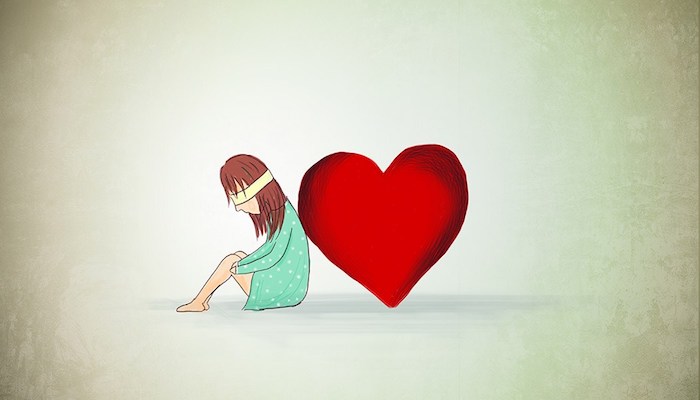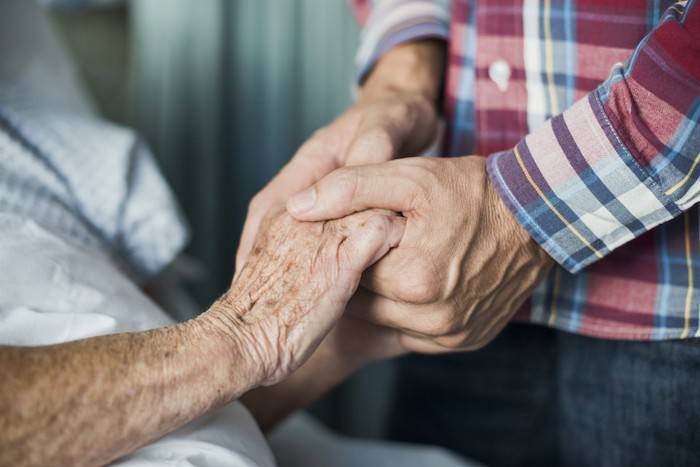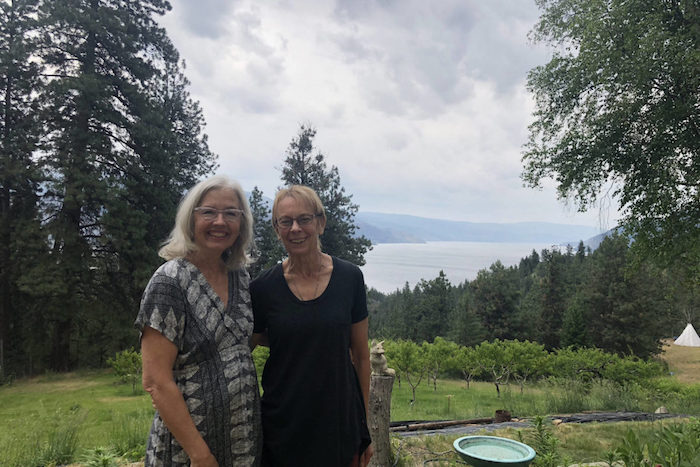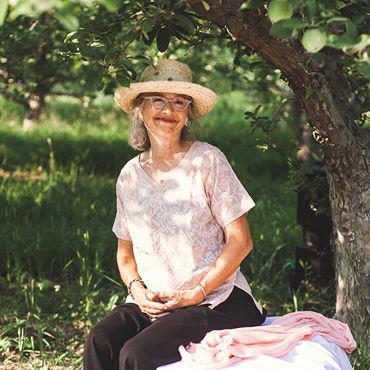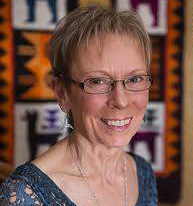By Judson Haims
While I enjoy almost every day of my job, I am often faced with formidable challenges. One of the most difficult challenges I encounter is discussing plans for end of life with family members, clients and my contemporaries.
During the course of life, most people are required to handle many stressful situations. One of the most stressful and life altering is dealing with the passing of a loved one. Even when families have had the forethought to discuss a shared plan and how to honor and execute the loved one’s wishes, managing emotions, fears and anxieties of family and friends can be tenuous.
When a loved one’s life nears its end, so many areas need to be addressed. Often, it is easy to become overwhelmed and, thus, become immobilized. However, for those who have chosen to accept that the end will eventually come and have taken the time to develop a thoughtful plan, much emotional pain can be spared.
Some of the specific topics that need to be addressed in developing a plan include:
“It is obviously one thing to write about what you should do to initiate these difficult, but necessary, discussions. However, it is quite another issue to face the reality of what to actually say when you are facing a loved one and thinking about how best to break the ice with the topic of death and dying.”
- Where does the person wish to die, at home, a nursing home, hospital?
- Who will be a caregiver until the very end? Will it be a family member or friend? Will they have the fortitude to assist properly? Will it be a homecare agency or hospice?
- What do they want as far as medical intervention, and who is going to make sure the passing person’s wishing are going to be honored and run as smoothly as possible? (Don’t assume a spouse or child will be the best choice.)
- Establish advanced directives and medical and financial powers of attorney.
For those who have not yet had to experience end-of-life discussions and planning, you will eventually. Don’t shy away from the hard discussions.
It is important to make time and find a place to begin discussions revolving around end-of-life issues. Maybe a group situation might make it easier, such as during a time when families gather together. These conversations can benefit from the “safety in numbers” theory and tend to be more philosophical than one-to-one situations.
Generally speaking, there are four steps to expressing end-of-life wishes:
1. Ask the right question.
2. Record those answers.
3. Discuss among the pertinent people (i.e., family members, loved ones, doctors, attorneys, etc.).
4. File documents. Make certain the important documents are filed on your computer, given to medical providers, family and anyone else who may be involved in advocating.
For those who would like to learn about which documents should be in place when planning for end of life, here are some to consider: advanced directives, living wills, medical durable power of attorney and do not resuscitate orders. Here in Colorado, the Colorado Advance Directives Consortium has made available a document called the Medical Orders for Scope of Treatment, which is designed to help you convey what your wishes are for medical care at the end of your life.
It is obviously one thing to write about what you should do to initiate these difficult, but necessary, discussions. However, it is quite another issue to face the reality of what to actually say when you are facing a loved one and thinking about how best to break the ice with the topic of death and dying.
Should you choose to further educate yourself, there are a number of resources available to assist in starting a conversation: Conversation Starter Kit (the conversationproject.org), Aging with Dignity (www.agingwith dignity.org) and Take Charge of your Life (www.takechargeofyour life.org) are just a few that you may want to look into.
When end-of-life discussions take place among doctors, family and patients, all the participants tend to feel better. Medical treatment is usually handled with more professionalism and is more effective. And, perhaps the most difficult to measure, the stress of such a difficult situation is drastically reduced.
Complete Article ↪HERE↩!




